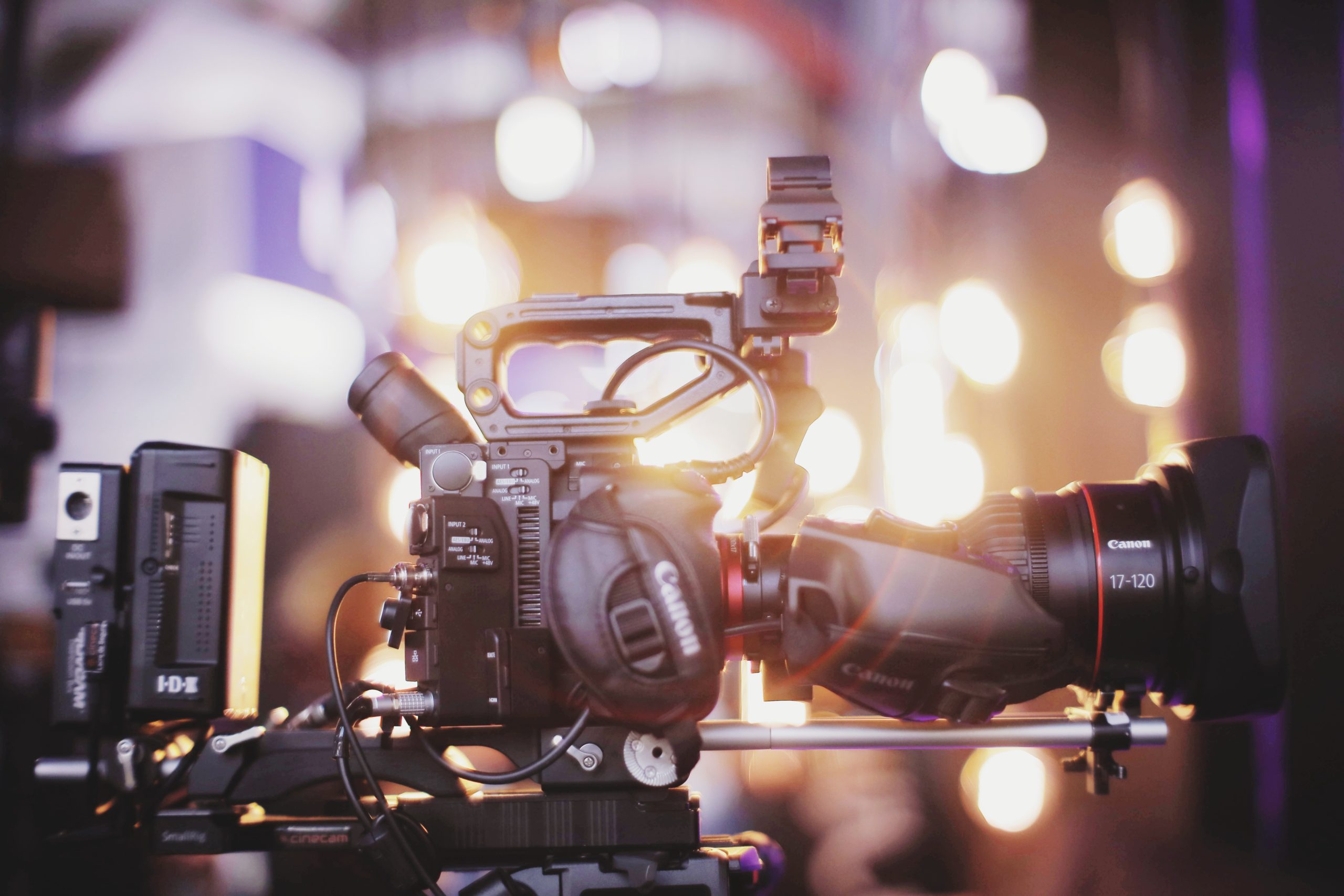Video Production (Part 1): Pre-Production
Video production is arguably one of the most effective and powerful video tools available to businesses these days.
“88% of businesses that use video report a positive return-on-investment.” — Renderforest
Why use video for business?
Consumers watch a lot of videos. A lot! Which makes video an invaluable business tool! It used to be primarily employed by the marketing department, but it is now used to fulfil key functions throughout organisations; for example, videos to train staff, communicating internally with stakeholders, building credibility through video testimonials, “how to” videos to share information with a mass audience and position your brand as an expert in your field.
Another major advantage is that social media platforms prioritise video content over text and static images. You can share videos in posts to keep viewers riveted to your feed, or as a cover video that visitors to your social profiles will see immediately, or create video ads.
Stages of video production
Anyone can shoot and edit video clips on their smartphones. But storytelling through video is a craft, so the more you learn about that craft, the better your videos will serve you.
There are three stages to video production: pre-production (preparation phase), production (filming) and post production (editing).
In this series of blog posts, we’ll give you insights into how to create great videos!
Pre-production
The first stage of video production is pre-production. This is the planning stage — it’s where you put together your strategy on how to maximise the effectiveness of your video.
Who is your video for?
First of all, you need to decide on the purpose of the video and who you are targeting with it. Most business have multiple target clients, so ask yourself whether your video is an overall promotional video that needs to reach all of them or whether it’s for one product/service, which has a more defined audience.
The key to a captivating video
While viewers will partly judge your video on the picture/audio quality, the pace and the editing style; it’s the story that will retain viewers’ attention until the end. A great script is absolutely essential! This is where most businesses fail with video.
You could hire an experienced professional to write the script for you…or if you feel you have the skills, you could study other videos that maintained your attention and analyse why the story works.
Video production budget
Once you have your script, then you’ll need to do a breakdown of it in order to draw up a budget i.e. itemise each item required for your shoot and determine the cost. Once you have this list of logistics, you can start sourcing cast/presenters, crew, equipment, props, and wardrobe.
Location, location, location
If you are not planning to film in your own premises, you may need to seek permission for your desired location. It’s advisable to do a recce — a location scout — to check for accessibility, noise, potential shots, and where the sun will be at different times of day.
Keeping everyone safe and well fed
Arrangements for catering, transport and insurance need to be put in place, ensuring they are in line with your COVID protocol policy. There’s also a bit of paperwork to be prepared in the form of contracts for crew; plus release forms for cast and locations — all of these documents will ensure you retain the rights to the footage and should include details of how you will adhere to GDPR legislation.
Shotlising and storyboarding
In preparation for filming, a shortlist and a storyboard are very useful tools, especially if you will be filming the shots out of order — i.e. they will be filmed in a different order than they will appear in the edit.
Great communication is key
When you are close to the filming date, send a call sheet to everyone involved. This should include the title of the production, names of cast and crew, contact numbers for key people, address of locations, times for hair/make-up/wardrobe if relevant, start and end times, details of parking, and any other relevant information.
It’s also a good idea to have a plan B in place for things that could go wrong e.g. the weather, road works, etc.
Next step: filming
So, now that you have all of this preparation done, you’re ready to shoot your video.
In our next blog post, we’ll delve into the production phase, which is when it all comes to life on set.
In the meantime, if you have any questions, please do reach out on info@overcasthq.com or click here to contact us. We’d be delighted to have a chat!
